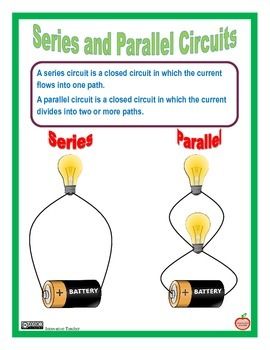What Is Electricity In Science

Everything in the universe is made of atoms every star every tree and.
What is electricity in science. Electricity is the presence and flow of electric charge using electricity we can transfer energy in ways that allow us to do simple chores. In electricity the particle involved is the electron which carries a charge designated by convention as negative. Ks2 science electricity learning resources for adults children parents and teachers. Learn about the basics of electricity from generators and electrical circuits to voltage and currents.
Electricity is the set of physical phenomena associated with the presence and motion of matter that has a property of electric charge electricity is related to magnetism both being part of the phenomenon of electromagnetism as described by maxwell s equations various common phenomena are related to electricity including lightning static electricity electric heating electric discharges. Electric charge is a fundamental property of matter and is borne by elementary particles. Static electricity what is static electricity and how does it work. For more videos go to.
Basics menu everything is made of atoms. Electricity is a transmission medium for electrical energy like sea. Its best known form is the flow of electrons through conductors such as copper wires. Atoms are the building blocks of the universe.
Electricity is a basic part of nature and it is one of our most widely used forms of energy. The word electricity is sometimes used to mean electrical energy they are not the same thing. Electricity phenomenon associated with stationary or moving electric charges. Electricity explained the science of electricity.
Electronic circuit create an electronic circuit. Electricity surrounds us and can be used thousands of different ways. Gcse science electricity learning resources for adults children parents and teachers. We get electricity which is a secondary energy source from the conversion of other sources of energy like coal natural gas oil nuclear power and other natural sources which are called primary sources.


















